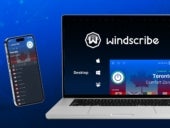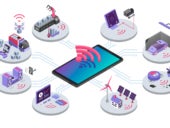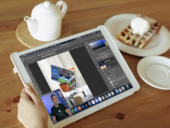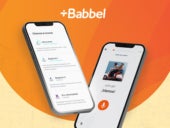
Tech & Work
TR AcademyUpgrade Your Cybersecurity With This VPN That’s Only $70 for Three Years
Windscribe VPN gives you tools to block ads, create a safe hotspot, spoof your location, and more for the 3 years for the best price online.

Windscribe VPN gives you tools to block ads, create a safe hotspot, spoof your location, and more for the 3 years for the best price online.

The intent of the Future Made in Australia Act is to build manufacturing capabilities across all sectors, which will likely lead to more demand for IT skills and services.

Informatica PowerCenter, Microsoft Playwright and Oracle Database SQL top Udemy’s list of most popular tech courses.

The year 2024 is bringing a return to stable tech salary growth in APAC, with AI and data jobs leading the way. This follows downward salary pressure in 2023, after steep increases in previous years.

TechRepublic identified the top four trends emerging in IoT that businesses in the U.K. should be aware of.

TechRepublic takes a look at the top three trends in tech talent management in 2024, according to the Linux Foundation.

Microsoft PowerToys is a free download that can manage application windows, rename files in bulk, preview file contents and more. See what’s new in version 0.80.1.

TechRepublic Premium content helps you solve your toughest IT issues and jump-start your career or next project.

Finding time for videos and podcasts you enjoy or could benefit from professionally is hard when you’re running a business; summaries are an excellent solution.

With seven web-based courses, this package is an ideal place to start for those new to AWS as well as practicing professionals that want to update their skills.

Now you can get a quicker, more affordable MBA education without going back to school.

TechRepublic digs into the business implications of artificial intelligence trends highlighted in Stanford’s AI Index Report, with help from co-authors Robi Rahman and Anka Reuel.

Learn the languages that your international clients speak all over the globe with Babbel’s speech recognition technology and bite-sized lessons. Now at $149.97 through April 30.

Find the top-rated and reliable nanny payroll services that will help you manage payroll, taxes, and compliance easily. Choose the right service for your needs.

From designing your new logo to editing video clips for social media, this bundle provides the ideal introduction to Adobe creative tools and techniques.